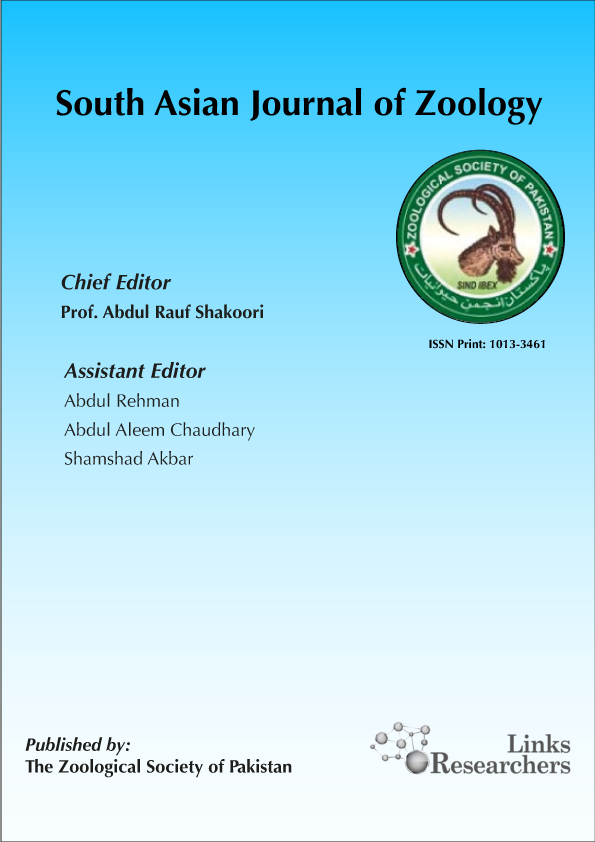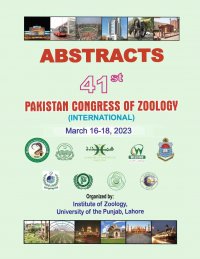Sabri Unal1, ASır Er2, Erol Akkuzu1* and Lubomir Salek3
Farid Asif Shaheen*, Sadia Parveen*, Ahmed Zia**, Ghulam Qadir*,
Mureed Husain*** and Rifat Ullah Khan****
Muhammad Farhan1, Ghulam Murtaza1, Muhammad Ramzan2, Muhammad Waqar Sabir3, Muhammad Arsalan Rafique2, Saif Ullah2
Muhammad Rafay1,*, Ghafoor Ahmad1, Tahira Ruby2, Muhammad Abdullah3, Fahad Rasheed4, Muhammad Abid1, Sohail Akhtar5, Zulfiqar Ahmad6 and Riaz Hussain7
Luan Arthur Queiros Lima, Talita Monielly Alves de Oliveira, Thiara Guimarães Maia, Ayko Shimabukuro, Itainara Taili, Raul dos Santos and Cecilia Calabuig*
Tariq Mahmood1*, Shakeela Ismail1, Faraz Akrim2, Muhammad Farooq1, Nadeem Munawar1 and Muhammad Raza Khan1
Xinran Wang1,2 and Lizhi Zhou1,2*
Shahbaz Ahmed1, Mubeen Ahmad1, Muhammad Razaq1* and Farhan Mahmood Shah1,2*
Hamenya Mpemba1, Fan Yang1, Kirsty J. MacLeod2,3, Dusu Wen1, Yan Liu1,4 and Guangshun Jiang1,*
Jin-Ming Zhao1,2, Yun Fang2 and Yue-Hua Sun2*
Rahmat Ullah Khan1*, Karim Gabol1, Asif Sadam2, Waheed Ali Panhwar3, Hamidullah4 and Abdul Rahim1
Fei Shang and Pengfei Liu*
Ikram Ullah1, Zaib Ullah2*, Junaid Khan1, Sajid Mahmood1, Zafar Iqbal3 and Naveed Akhtar2
Karamat Shah1, Muhammad Fiaz Khan1, Zaib Ullah2*, Rashid Ali Khan1, Sajid Mahmood1, Naveed Akhtar2 and Muhammad Naeem Awan3
Rahmat Ullah Khan* and Karim Gabol









